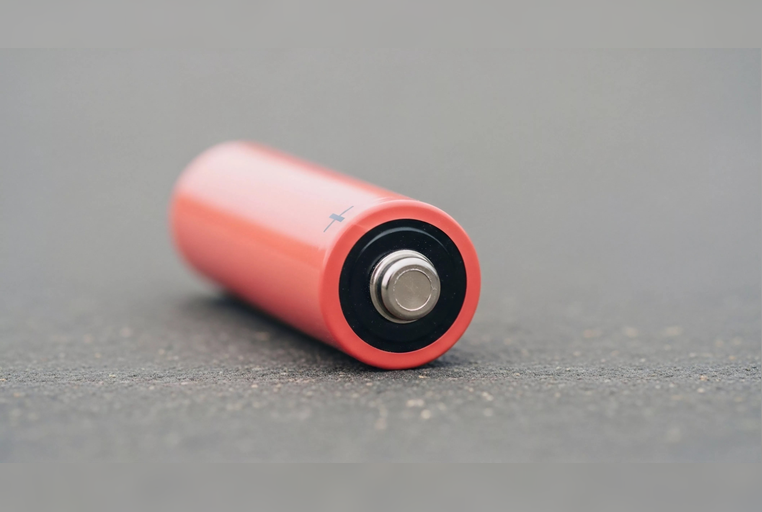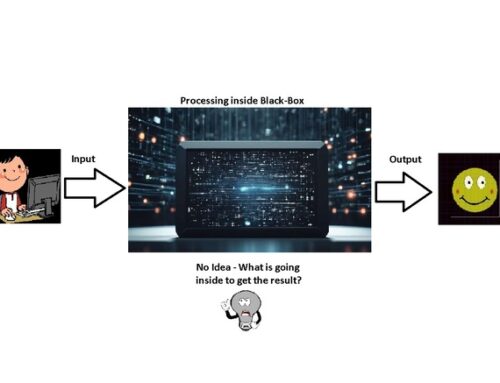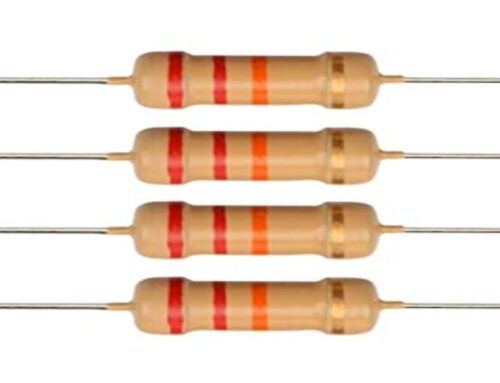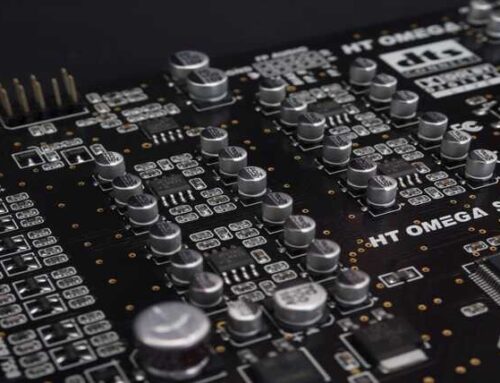
All of us are aware of batteries. These are designed to generate electricity by storing energy. In the traditional way, most of the batteries are made from Lithium (Li), Lead (Pb), Cadmium (Cd), etc. These conventional batteries are showing long-term environmental impact. Mining of these materials is posing several threats to the environment, which is not acceptable, but it’s necessity and demand are still forcing to mining and use of these materials in battery making.
But now, scientists have developed an organic material that is able to store protons (also known as hydrogen ions) and transfer energy. This innovation is going to solve the existing battery technologies issues in the near future.
What is a proton battery?
A proton battery is an energy-storing device similar to traditional lithium-ion batteries, but it uses hydrogen to generate electricity. You can charge it, use it, and after discharge, you can recharge it. Proton batteries utilize abundant materials and produce water as their primary byproduct while generating electricity. These attributes make them particularly appealing for applications such as the power source of electric vehicles.
But the question is, is it as simple and convenient as traditional batteries? The answer is ‘No’, but the innovations are still underway to make it feasible and compatible. And it is going to happen soon.
Main Elements of a Proton Battery:
A proton battery has three primordial elements: Anode, Cathode, and Membrane.
Anode: In a proton battery, the anode typically consists of hydrogen-rich materials that are capable of releasing protons. At present most popular compound is tetraamino-benzoquinone (TABQ). TABQ is a lightweight material and is efficient in storing and releasing hydrogen ions.
Membrane: This layer acts as an ion filter. It is designed to pass the protons and block the other ions. Nafion is commonly used as a membrane, which is a sulfonated tetrafluoroethylene-based fluoropolymer. It has high proton conductivity and chemical stability.
Cathode: At this element, protons recombine with electrons that are coming from the external circuit and oxygen from the air, this causes the formation of water, a byproduct.
Working of Proton Battery:
A proton battery generates electricity when the anode releases protons, which are transported through the membrane. While electrons flow through an external circuit to generate electricity, the protons or hydrogen ions pass through the membrane towards the cathode. At the cathode, protons recombine with electrons and oxygen, generating water and energy. This mechanism provides apt energy conversion.
During the charging process of the proton battery, Hydrogen and Oxygen are being released. In the discharging process, water is generated. Unlike traditional Hydrogen fuel cell, a proton battery eliminates the storage problem of hydrogen at very high pressure and then splits these gas molecules again in fuel cells. This energy efficiency is making proton batteries a direct competitor to lithium-ion batteries.
Advantages:
Eco-Friendly: The Proton batteries offer a clean and green energy solution compared to Lithium, Lead, and Cadmium batteries. All components and materials within proton batteries can be reused and recycled efficiently. Also, it minimizes the waste and reduces their environmental impact.
Energy Generation: The Proton battery energy generation process is efficient, similar to Li-ion batteries. It avoids the energy loss during the hydrogen gas production and ensures that stored energy is effectively utilized.
Abundance of Raw Material: This battery uses carbon and water as primary raw materials to manufacture it, whereas a lithium-ion battery uses Lithium, which is a rare material. Due to abundance of raw material makes them a more economically sustainable choice for energy storage.
Disadvantage:
Despite having so many virtues, proton batteries remain in the experimental phase and face distinctive challenges. It’s one of the major hurdles is cost. At present, using Nafio as a membrane in a proton battery makes it expensive. For large-scale adoption, it is required to make the proton battery less expensive, and for this, we need to look for alternatives to Nafion-like material.
Rather than cost, cycle stability is also an area of improvement for proton batteries. These batteries have poor stability due to interactions between the solvent and electrode surfaces, which can limit the lifespan of these batteries. To solve this issue, electrolytes need an improved design.
The Future:
Although proton batteries are emerging as an efficient alternative to conventional batteries but their area of improvement is big. The following development and research we are expecting to prove this technology in the future:
- Proton battery design must be optimized for good energy storage, acceptable energy efficiency, and low internal resistance to remove self self-discharge issue.
- Traditional batteries, like Lithium-Cadmium, took almost 30 years to move from technical feasibility to the first commercial product. In the same way, proton batteries are effective for less than 10 years, but it will take some more time to get commercialized.
At present, we are seeking the most economical and environmentally friendly substitute for rare-earth metal batteries, and our scientists are paving the way to get the desired outcomes. Hope you will get a smartphone that one is getting power from a proton battery very soon.
Thanks for reading, see you soon with another exploration!





